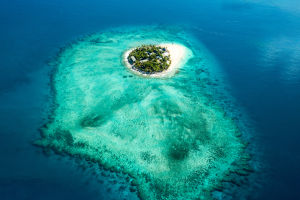The sailing boat, a vessel that utilizes wind power to navigate, holds a significant place in the realm of water transportation. With a history spanning over 5,000 years, it stands as an ancient means of traversing waterways, following in the footsteps of boats and rafts.
The origin of sailing ships can be traced back to ancient Egypt and Mesopotamia around 3500 BC, where they were employed for trade activities between the Red Sea and the Mediterranean Sea.
Over time, the design and manufacturing technology of sailboats gradually evolved and reached a state of refinement in ancient times. By the Middle Ages, Europe had begun employing sailing ships for long-distance trade. Depending on the number of masts, sailing ships can be categorized as single-masted, two-masted, or multi-masted vessels.
Prior to the advent of steam power, water navigation relied largely on wind power, with sailboats being the predominant mode of transportation. In modern times, sailing has even become an Olympic event, combining athletic prowess with the grace of sailing.
Beyond its utilitarian aspects, sailing imparts a sense of beauty and wonder to photographers and those seeking seaside adventures. However, throughout much of history, sailboats served as the primary means of sea transportation, playing an indispensable role in facilitating material and cultural exchanges among human civilizations.
Sailboats have been extensively employed throughout history to explore and discover new lands and seas. Renowned navigators and explorers like Christopher Columbus, James Cook, and Ferdinand Magellan relied on sailing ships for their daring voyages of discovery.
The inclusion of sailing as a competitive event in the 2nd Olympic Games in 1900 elevated its status. Originating as a recreational activity in the Netherlands during the 16th and 17th centuries, sailing became increasingly popular.
By the 19th century, sailing clubs were established in countries such as the United Kingdom and the United States. In 1870, the transatlantic America's Cup sailing race was inaugurated, taking place in the open sea.
Regattas emerged as thrilling adventure sports and competitive activities.
Sailing competitions are typically held on oceans or lakes, where participants harness the power of the wind to steer sailboats and compete in speed and skill along designated routes. Prominent sailing events include the America's Cup, the Volvo Ocean Race, and the Olympic Sailing Race.
Sailing ships hold significant symbolic meaning in culture and art. They often serve as subjects for paintings, photography, and literature, symbolizing the spirit of adventure, freedom, and pursuit.
Sailboats have also become integral to the cultural and historical heritage of many countries and regions, often showcased as exhibits in tourist attractions and museums.
The design and technology behind sailboats have been subjects of scientific research. Scientists and engineers strive to enhance and optimize sailing vessels, aiming to improve speed, stability, and maneuverability. The principles derived from sailboat design have also laid the groundwork for modern navigation and naval engineering.
Today, sailing tourism has emerged as a popular way for individuals to indulge in sea leisure activities. In various coastal cities and tourist resorts, people have the opportunity to rent sailboats or participate in sailing tours, allowing them to experience the joy of sailing firsthand and immerse themselves in the breathtaking scenery of the ocean.


